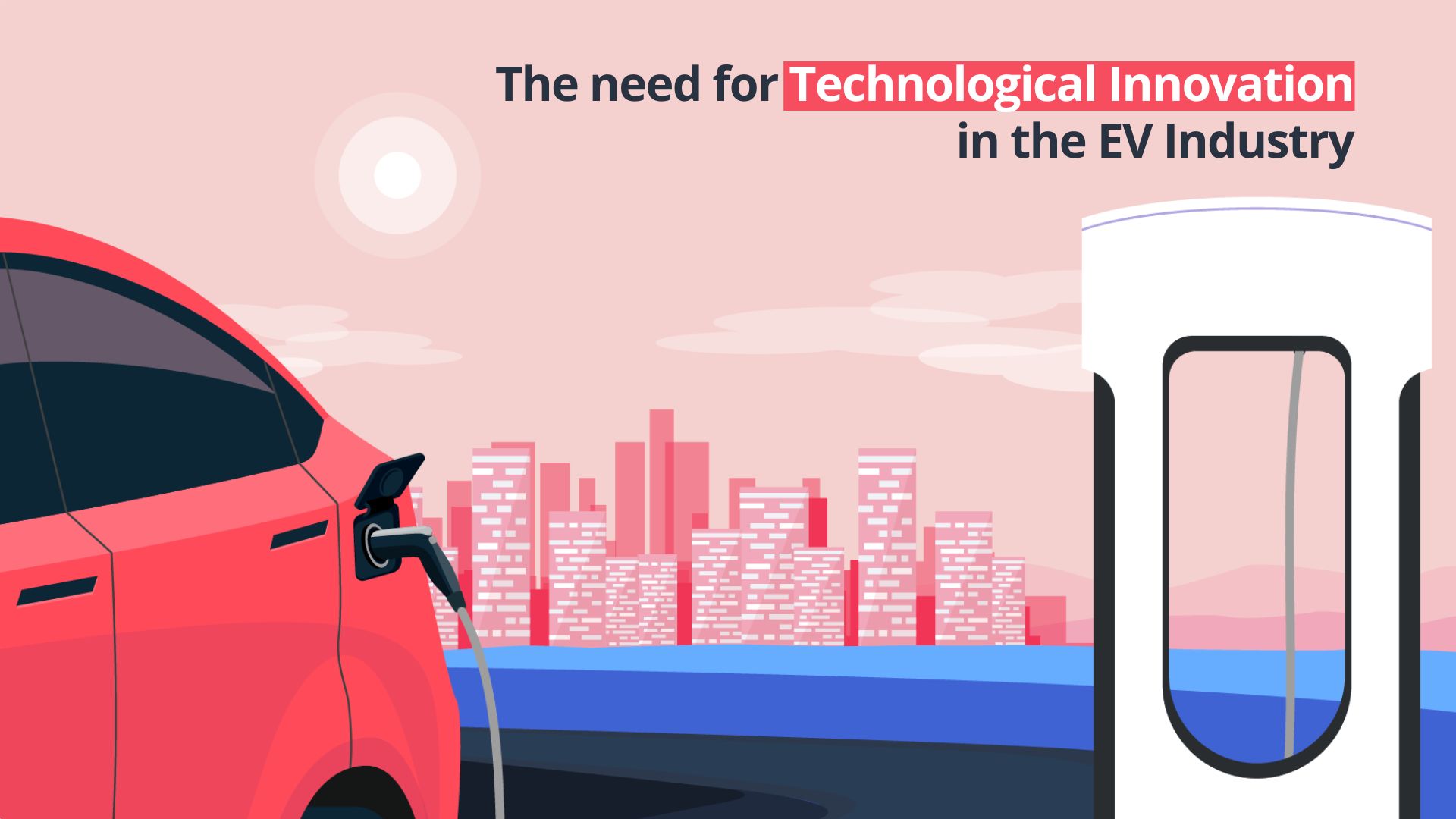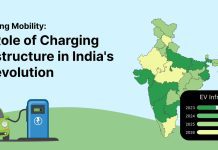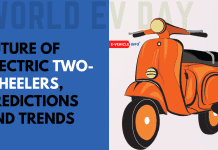 Electric vehicles (EVs) have emerged as a ray of hope for the global community. Promising to eliminate the need for conventional fossil-fuel vehicles, EVs are expected to make our world less polluted and eventually help in achieving zero emissions in another 40-50 years from now.
Electric vehicles (EVs) have emerged as a ray of hope for the global community. Promising to eliminate the need for conventional fossil-fuel vehicles, EVs are expected to make our world less polluted and eventually help in achieving zero emissions in another 40-50 years from now.
Table of Contents
Technological Innovation in the EV Industry
However, for that to happen, there is a need to bring about a lot of innovation and diversity in the electric mobility arena. If we look at the numbers, India has registered a 333% year-on-year growth in EV sales, and this is when we have been coming out of a devastating pandemic. This speaks amply of the public interest and willingness to accept EVs as long as the new form of mobility addresses the needs of the masses.
Some specific areas need to be looked after if India has to achieve its real potential of becoming a $200 billion-plus EV market by 2030, and emerging as a global exporter of clean mobility solutions.
Charging Infrastructure and Technology
One of the biggest reasons why EVs are already not a popular mode of commute is the challenge of charging these vehicles. The ICE vehicles are plug-and-play: you just fill the tank and drive off for hundreds of kms. When the fuel runs out, you go to a petrol bunk and get the tank refilled immediately.
On the other hand, EVs need to be charged for hours, and once a vehicle runs out, it is pretty much out of use for the day because it will take several hours to charge. To make EVs successful and popular, manufacturers need to find ways to swiftly charge the vehicles. Innovations and development of fast chargers that can turn the long hours into around the same time that the food/grocery delivery apps take are needed. One of the ways to do this is to promote battery swapping. However, that also needs a lot of clarity, policy framework, and standardization of tech to become universal.
Battery Technology
Battery chemistry is the other core concern. In recent times, we have seen EVs catch fire, and batteries run out very quickly. The evolution of battery tech has not kept pace with EV tech improvements. Battery manufacturers are still looking to fully adopt Lithium-ion tech. On the other hand, there is a rising demand for better, safer, easily changeable, and more convenient tech such as aluminum – graphite, solid fuel cells, and others.
Automation in Mobility
EVs are seen not just as vehicles that run on clean tech, but as the most advanced tech in terms of mobility. Integrated AI, IoT, and digital components have already made driverless vehicles a reality in the western world, and future mega markets like India need to get on to the automation trends.
Driverless cars can not only make long-distance trips more comfortable by eliminating driver fatigue and the risks it poses, but also make mobility possible for those who face physical challenges. Autonomous vehicles will enable people with disabilities to commute with confidence and without relying on others.
Micro Mobility
Micro mobility as a constituent of the EV ecosystem has received much lower attention than it should. For EVs to cover the entire spectrum of future mobility, only options such as buses and cars or transport systems such as autonomous vehicles are not enough.
The micro-mobility options comprising individual mobility solutions need greater diversity and innovation to serve all needs. This is where e-cycles are one of the best, most affordable, and most convenient options. The relevance of a personalized mode of commute such as e-cycles has only increased in the post-pandemic era.
Let’s take a look at some of the core benefits which make e-cycles a key stakeholder in the future of EV innovation and deployment.
Safety –
They are designed to operate at under 25 kmph which ensures that there are no over-speeding risks involved.
Social distancing –
E-cycles our mobility solutions and users don’t share them with others, the way a taxi or a bus ride would be shared. Thus, it automatically brings social distancing adherence into the picture.
Affordability –
A good-quality modern e-cycle would typically cost half or less of an electric 2-wheeler or bike. Thus, it is not only convenient, safe, and personal, but also a lot affordable for the masses.
Decongestion –
E-cycles can help core city areas overcome the challenge of congestion and parking shortage. You can park a dozen or more of them in the space occupied by two Sedans, and a greater number of bicycles on roads will reduce noise pollution and congestion on roads significantly.
The Future
As we can see, the future is undoubtedly electric, but to make it harmonious and swift, we need to focus on innovation in the above-listed areas. Policymakers need to factor in different types of shared as well as micro-mobility solutions strategically. The change is already coming, and let’s hope that the momentum is not lost due to ignorance of infrastructure or inclusivity needs in the electric mobility ecosystem






